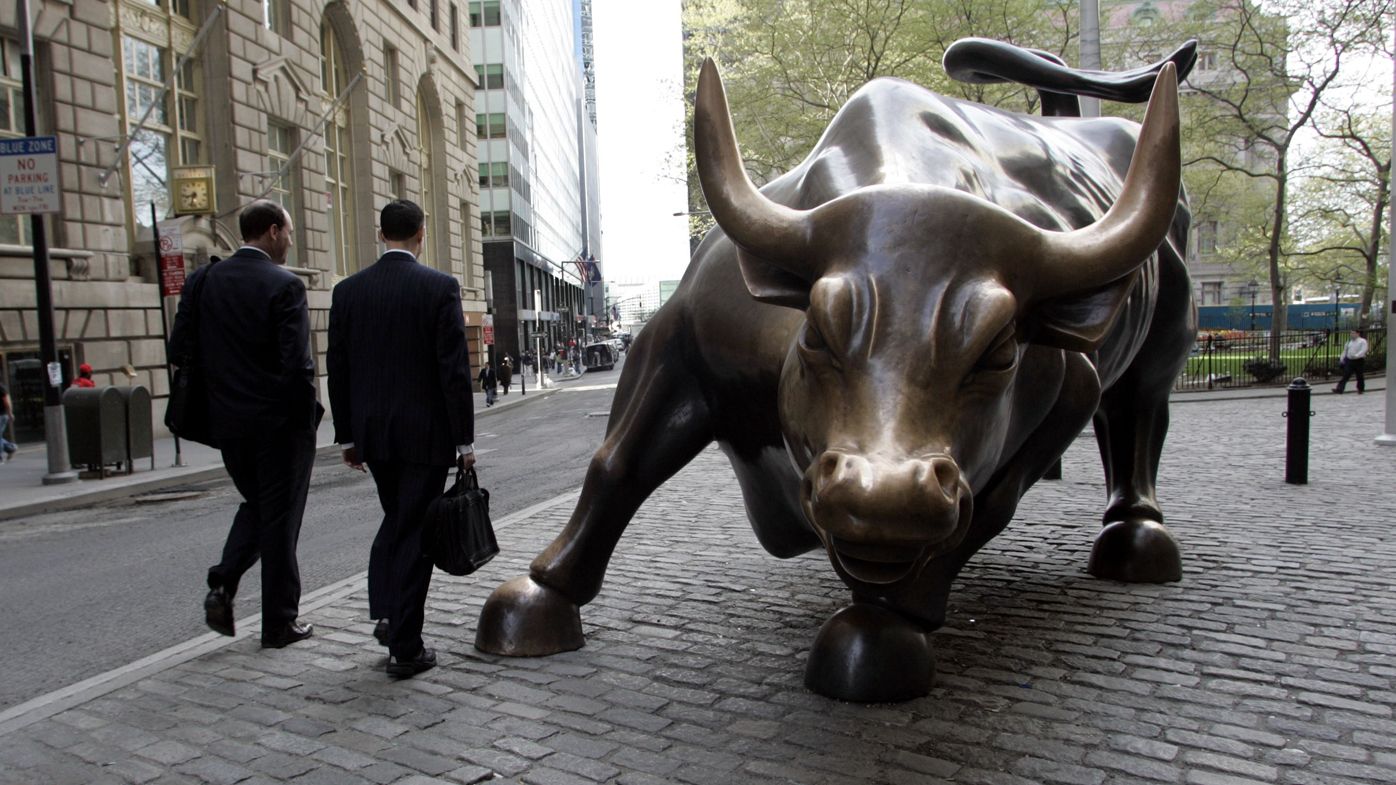My go-to explanation for why the market has been selling off is because it’s full of long-duration technology stocks. But is this actually true?
What is a long-duration stock? It’s one whose expected payoff is in the distant future. Many, though not all, technology stocks fit this description. These are companies making investments in 2022 with the intention of reaping giant profits in 2025-2030 – the ones in the start-up phase of the chart below.

A short-duration stock would be the opposite: a company whose value comes from the here-and-now, like a tobacco company or a water utility. You don’t buy a tobacco stock because you expect it to be a huge business in 2030. You buy it because it offers a 6.4 per cent dividend yield today.
The long-duration theory of market selloffs goes like this: the payoff for holding long-duration stocks happens in the future. As such, long-duration stocks are sensitive to changes in interest rates, because the interest rate is the opportunity cost of waiting around. As interest rates have risen in recent months, long-duration stocks have fallen. Therefore, higher interest rates have caused long-duration stocks to fall.
The most speculative technology stocks started to sell-off in February of last year. At the end of 2021, the problem spread to established tech companies. And in April, everything got worse. The S&P 500, a broad index of American stocks, is down 13 per cent since the start of the year and 8 per cent since April.
What else might be going on? Well the back story is that stock valuations got extraordinarily rich in 2020 and 2021. That is to say, stocks got much more valuable, even though their earnings didn’t go up by much. In the last few months, this story has gone into reverse. Valuations have come back to normal.
For example, in January of 2021, the S&P500 traded at 36 times its earnings from the previous year. Only once before in history, at the height of the Dotcom boom in the late 1990s, had stocks been valued so richly. Now the S&P is valued at 21 times earnings. As you can see from the following chart, 21 times earnings is ok. It’s higher than the average multiple going back to 1950, which is 18.5.
N.B.: You're better off ignoring the big spike in 2009; that's a result of the market pricing in a quick earnings recovery after the global financial crisis. It's not representative of normal investing conditions.
Europe doesn't have a lot of fancy technology companies, nor does Ireland, so their stock markets have been spared. The US on the other hand has loads of them. They're worth talking about because the US market dominates the global equity markets, and technology stocks dominate US markets. That's as true for Irish investors as American ones.
Why then did earnings multiples take off in 2021, only to fall back to earth? This is the million-dollar question. As we've seen, the relationship between interest rates and long duration stocks is one potential explanation. Here are a few others.
The world has gotten poorer.
Maybe I overrate the importance of financial explanations like changing interest rates. Maybe the market is pricing in new conditions on the ground? The obvious one is Ukraine. Because of the invasion, Russia is now effectively permanently excluded from the global economy. That means more expensive energy, food, and other raw materials.
Then there's the China slowdown. China is one of the three great motors of world demand, along with the US and Europe. If China were to slow down, the rest of the world would suffer. Even if they didn't do a lot of direct trade with China. Since the beginning of this year, China has gone into full lockdown in many places, including its commercial capital, Shanghai. And China has other problems. Since the middle of last year, its real estate market has looked wobbly, and growth seems to be gradually slowing down.
It might be that these stories help explain the sharp stock market correction in April. But they don't really explain why, for example, many loss-making technology stocks peaked in February of 2021.
The mood has shifted.
The market is made up of people, and people's moods make a difference. People who are upbeat will price a stock more highly than people who are worried. When the mood shifts, everything from stocks to bonds to crypto can turn on a dime. Crypto prices are a good bellwether — a pure expression of market sentiment. Cryptos peaked in February of 2021, around the same time as speculative technology stocks.
There are surveys to keep track of this, and they show that investors are much more worried now than they were at the beginning of this year. Although of course, this begs the question of what causes investors' moods to change.
The Fed is crushing inflation.
This is related to, though not the same as, the interest rate story.
It's not just that interest rates are going up, which increases the opportunity cost of holding long-duration stocks. Interest rates are going up for a reason, which is that inflation is on the rise. The Fed is being forced to raise interest rates to combat inflation. The market is forecasting further rate rises in the coming months. In the process of killing inflation, the Fed is going to damage the economy. And that's what stocks are responding to.
None of these stories are mutually exclusive. Market sentiment, and long durations, maybe tell the story the peak in February 2021. And supply-side factors, along with the Fed's hammer, seem to explain the April we've just had.


